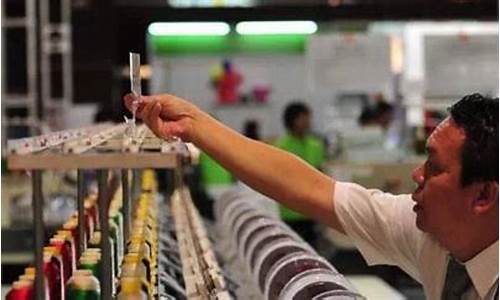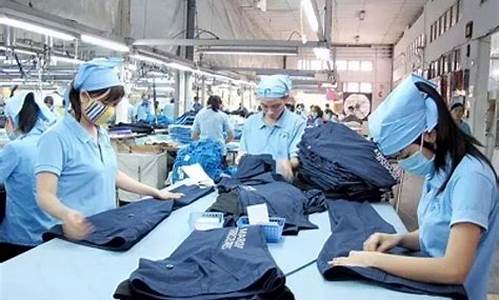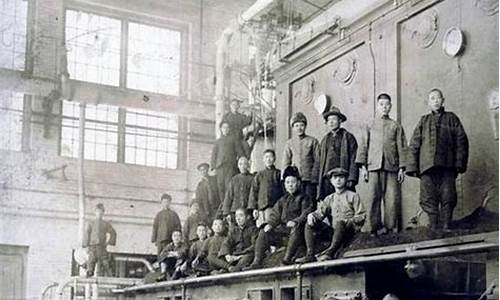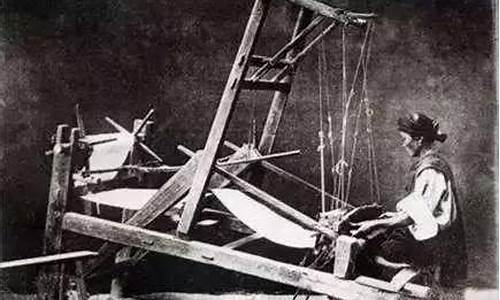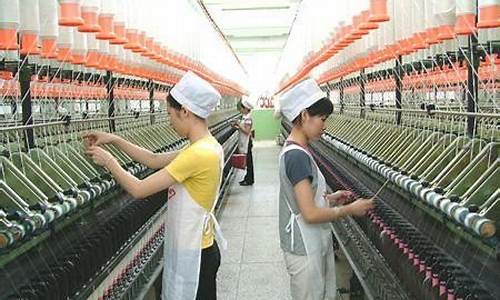
Textile Industry is one of the most important industries in the world, and it plays a vital role in
manufacturing and exports. The industry has undergone significant changes over the years,
and new technologies have been introduced to improve production efficiency and product
quality. In this article, we will discuss some of the key aspects of the textile
industry, including its history, development, and future prospects.
The history of the textile industry can be traced back to ancient civilizations such as
the Egyptians, Greeks, and Romans. However, it was not until the Industrial Revolution
in the 18th century that the textile industry began to develop rapidly. This period saw
the introduction of new machines and techniques that allowed for faster and more efficient
production of textiles.
In recent years, the textile industry has faced several challenges, including rising labor
costs, environmental concerns, and competition from emerging economies. To overcome these
challenges, many companies are investing in research and development to create new
products and processes that are more sustainable and cost-effective. Some of the key
technologies being explored include automation, artificial intelligence, and 3D printing.
Another important aspect of the textile industry is its global reach. Many countries
export their textile products to other parts of the world, making the industry an important
driver of international trade. China is currently the largest exporter of textiles in
the world, followed by India and Vietnam. However, there is growing competition from
emerging economies such as Bangladesh and Indonesia.
Despite these challenges, the future of the textile industry looks bright. With advances
in technology and changing consumer preferences, there are many opportunities for innovation
and growth. For example, there is increasing demand for sustainable and eco-friendly
textiles, which could provide a new market for companies looking to differentiate themselves
from competitors. Additionally, there is a growing interest in circular economy models,
which aim to reduce waste and promote reuse and recycling. By embracing these trends,
the textile industry can continue to play a critical role in global economic development
for years to come.

